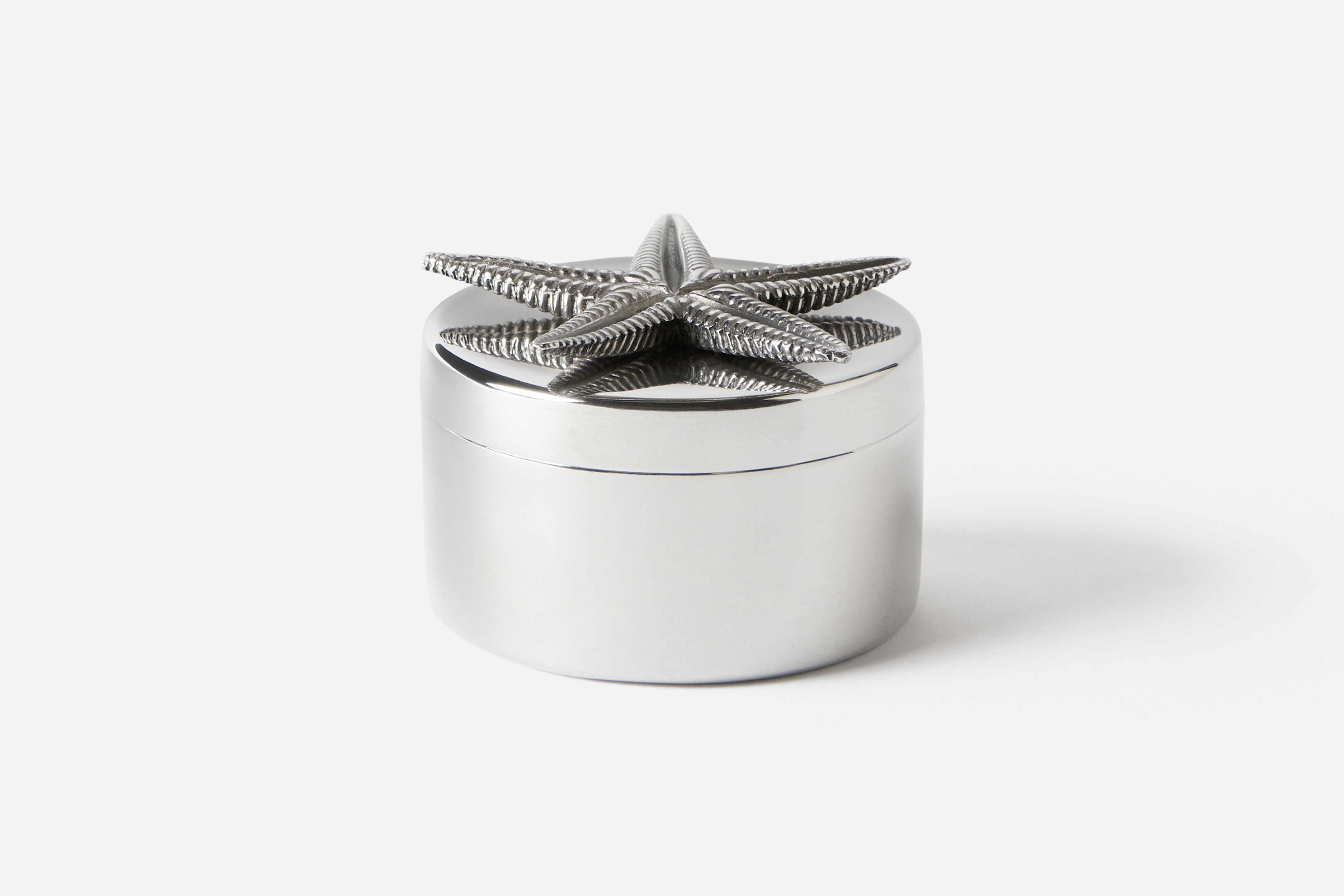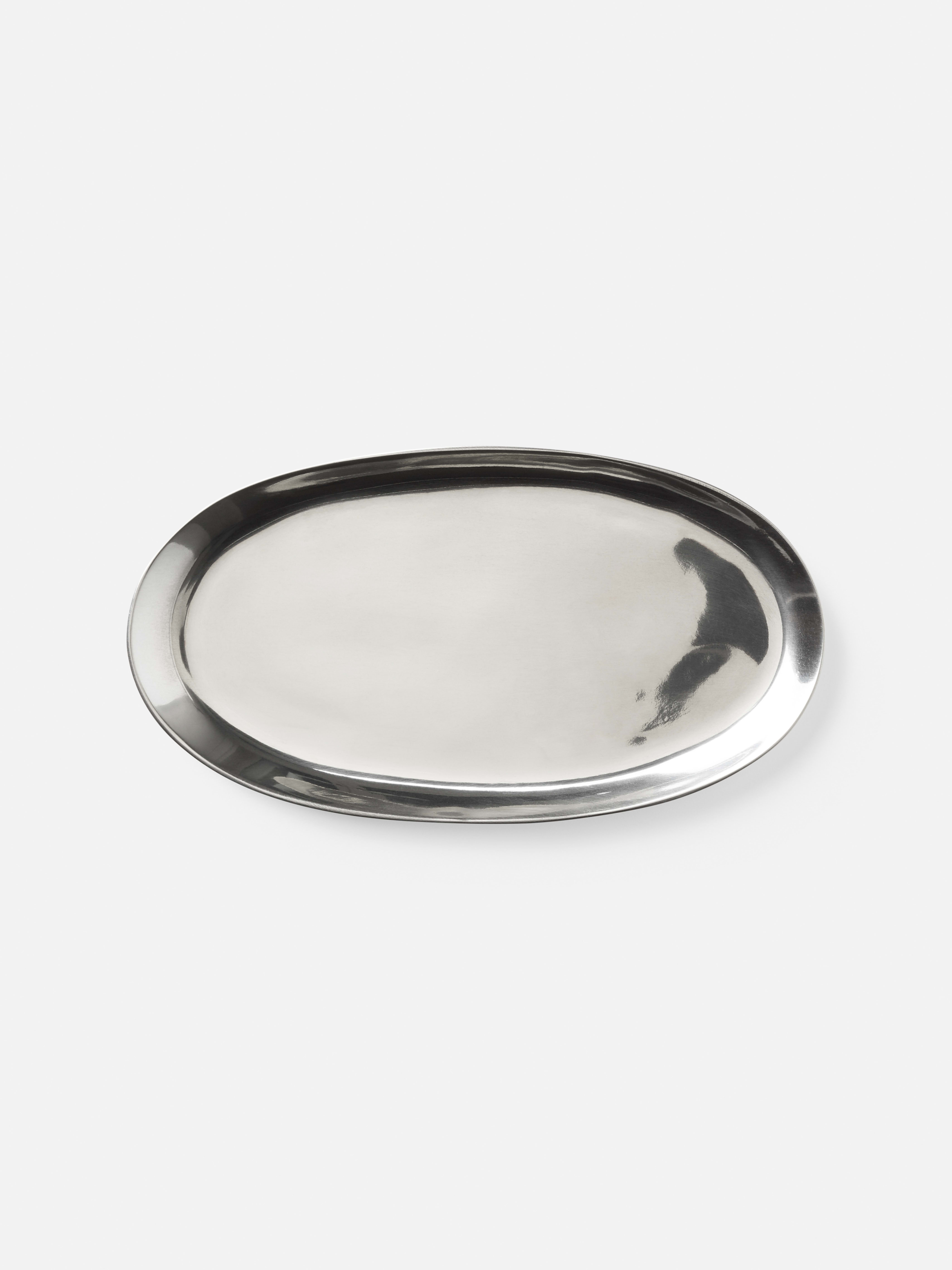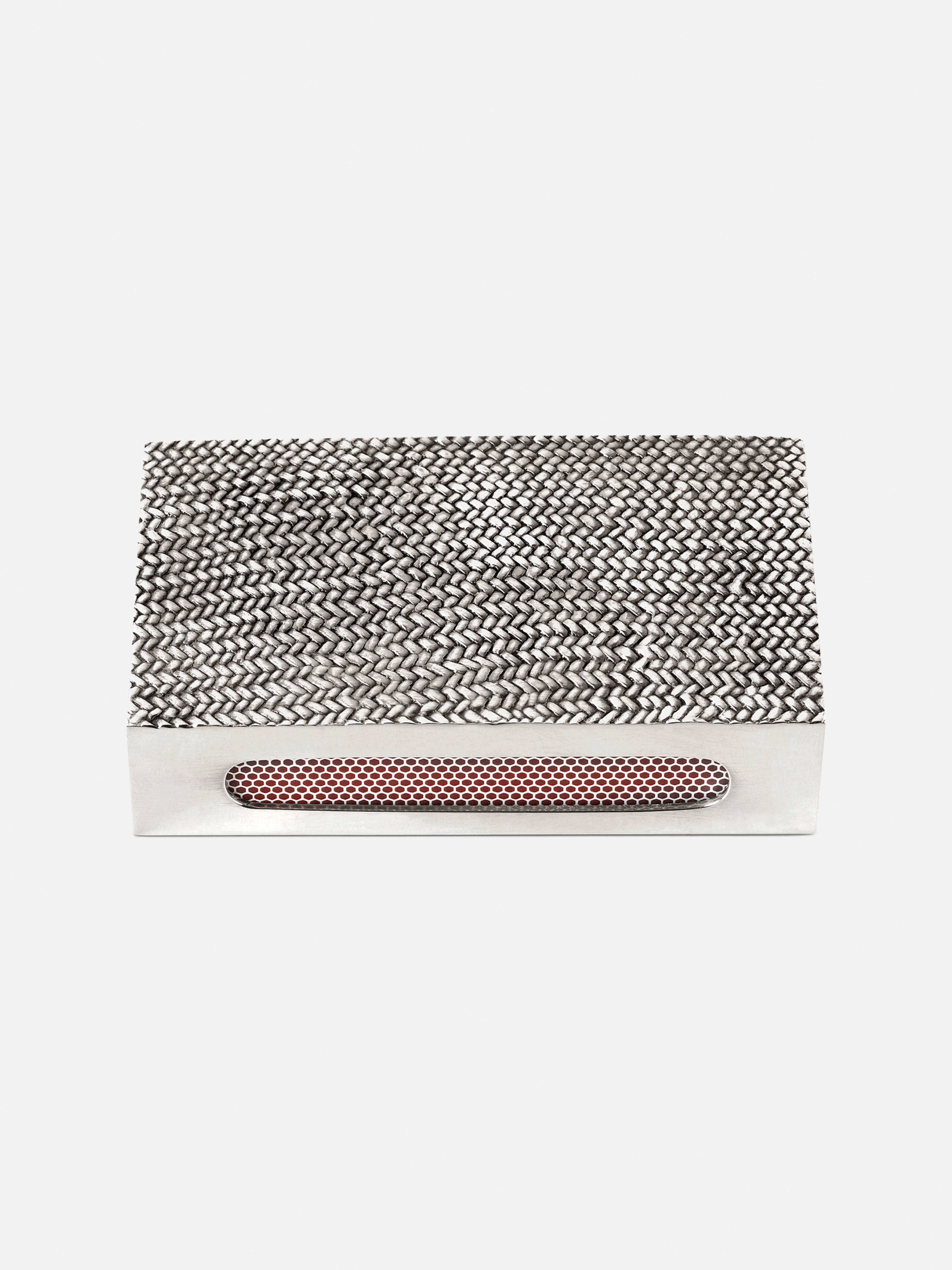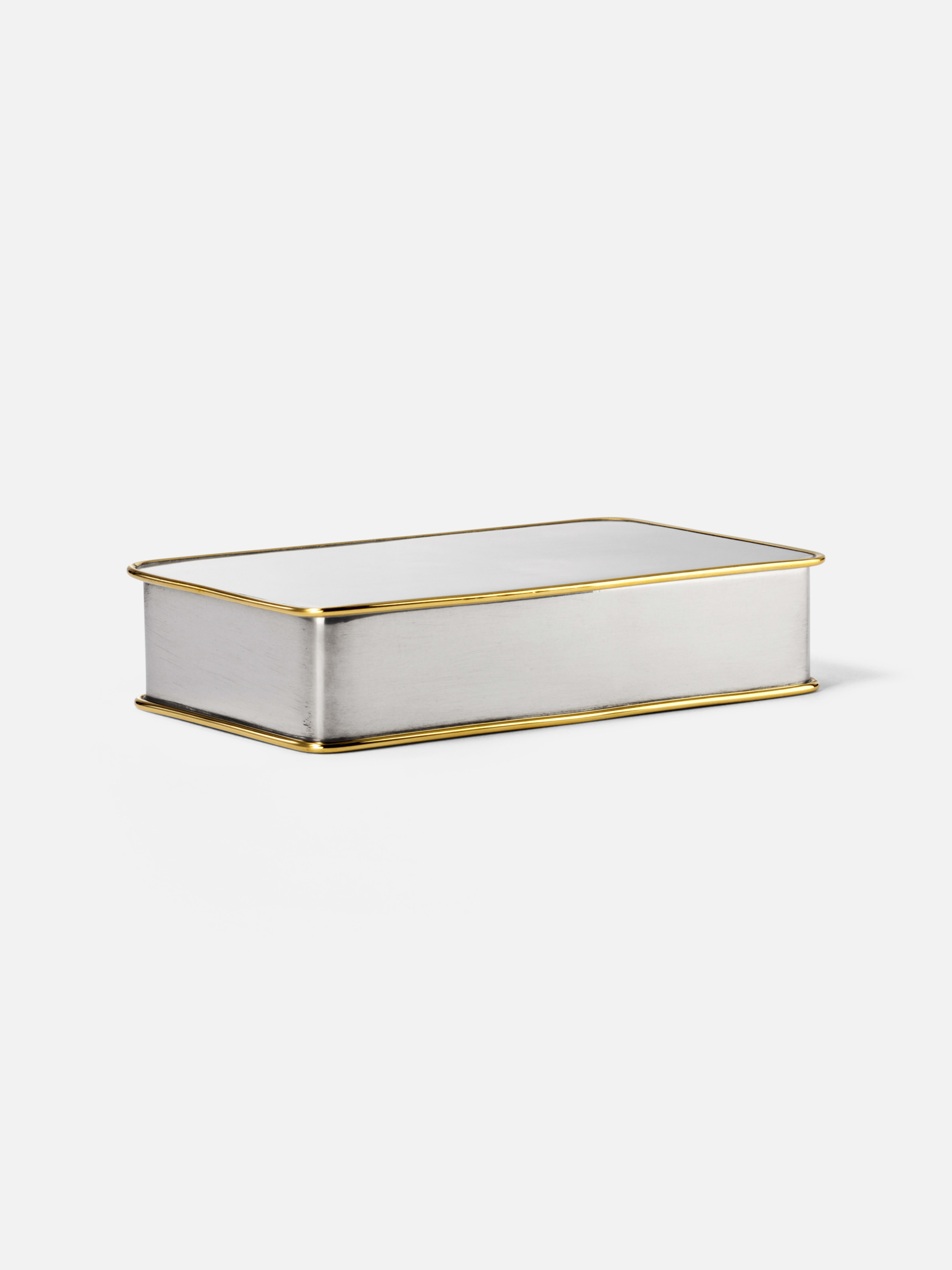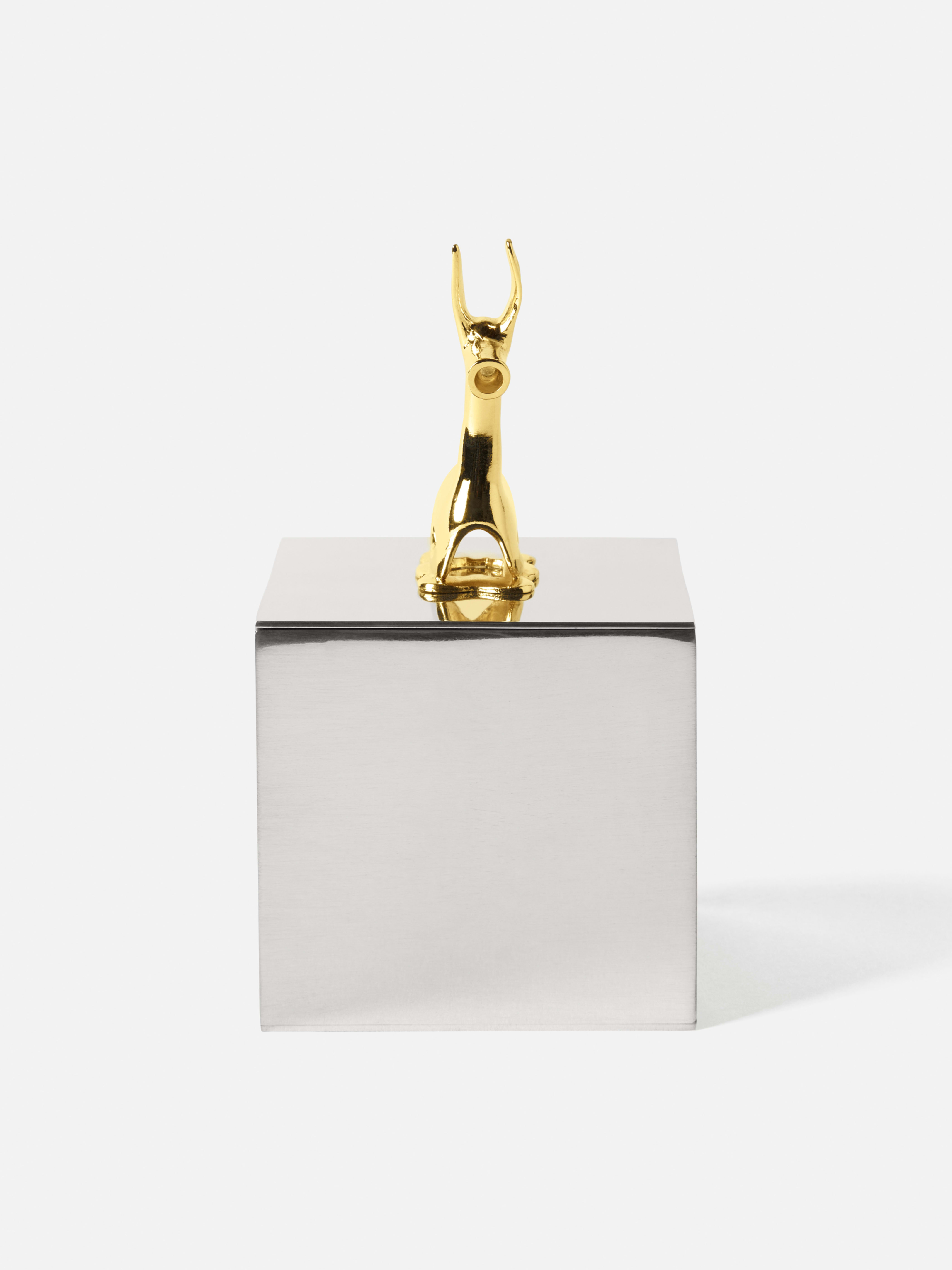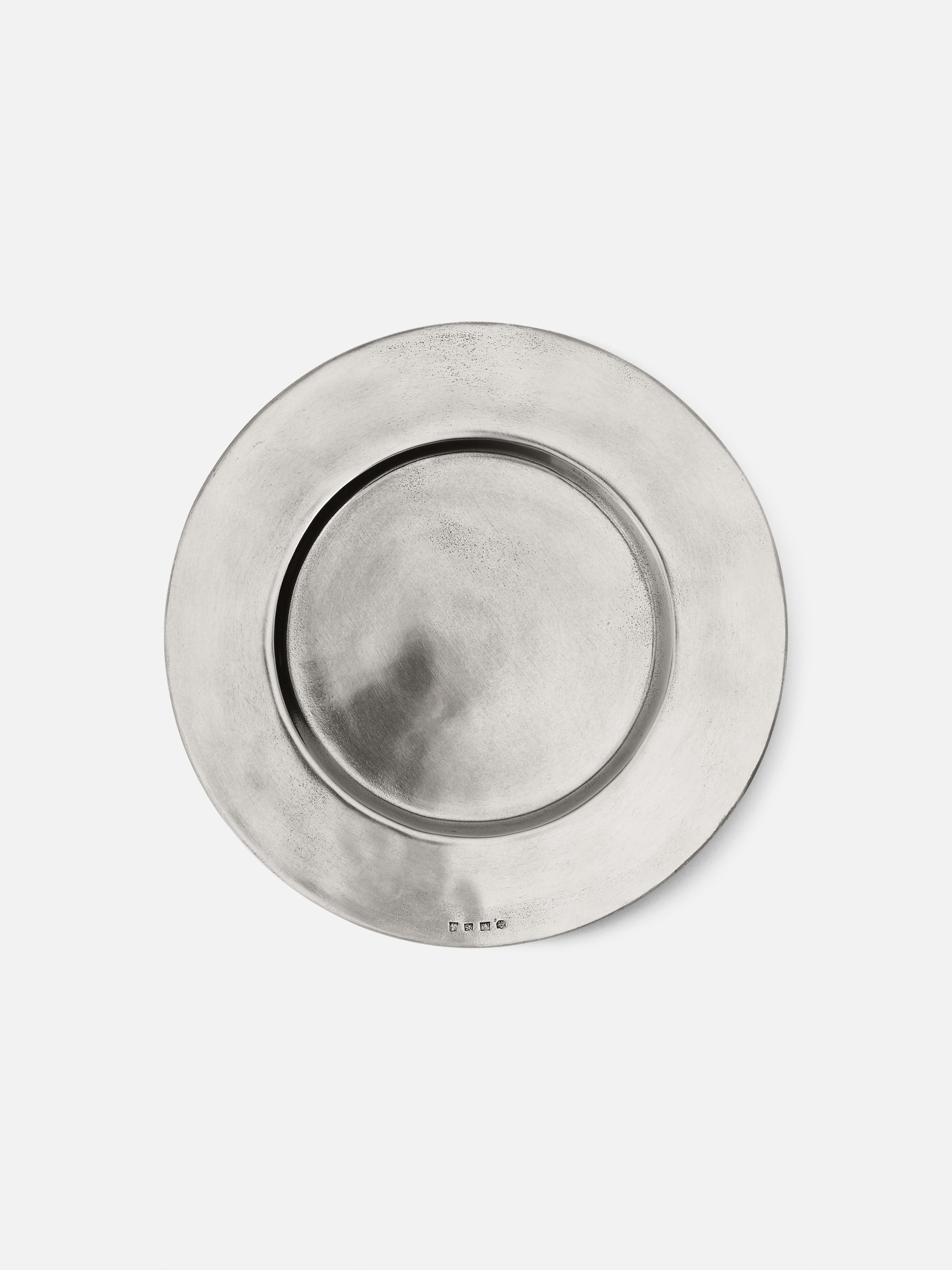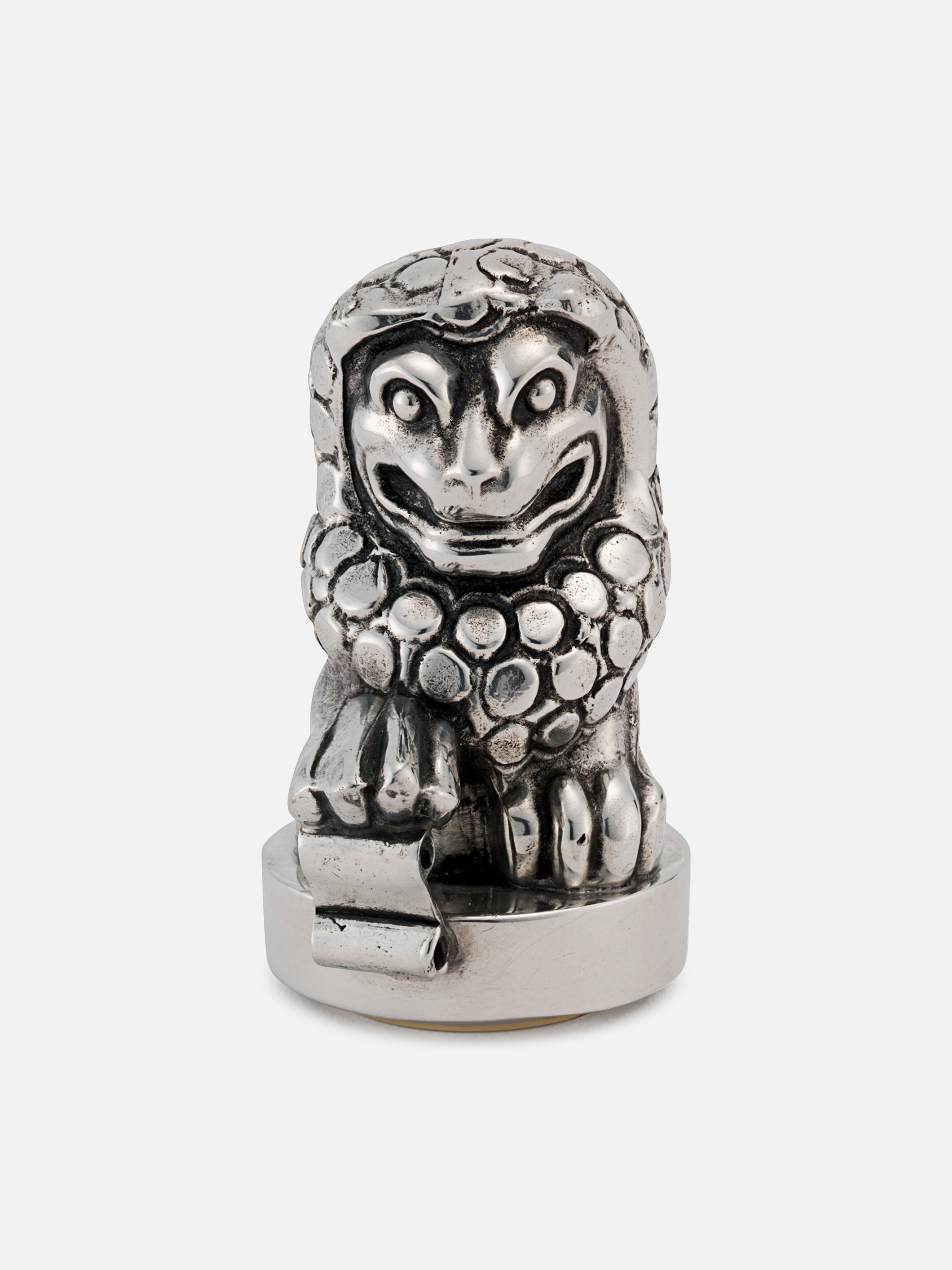Pewter132


25 / 132
Pewter's history
Discover a unique variety of pewter candlesticks, pewter pots, pewter vases, pewter containers and pewter boxes that have all been handmade in beautiful designs. Each individual item made in pewter is unique.
Genuine craftsmanship is behind the pewter products and no two items are the same. Some of the objects that have become classic designs in the range are Estrid Ericson’s Peruvian urn and schnapps fish flask, Anna Petrus’ pewter lion, Nils Fougstedt’s Pipe vase and the Flow candleholder by Sissi Westerberg.
Svenskt Tenn’s Tea Room and pewter range are at the heart of the business. This is where it all began in 1924, when Svenskt Tenn’s founder Estrid Ericson decided to start a pewter workshop and store. Read more about pewter’s journey to Strandvägen in Svenskt Tenn’s magazine.
Pewter's marks
For the inauguration, Estrid Ericson commissioned Akke Kumlin, the leading graphic designer at the time, to design Svenskt Tenn’s company trademark. He designed the emblem, which has come to be known as the angel mark. Svenskt Tenn’s own pewter items are always stamped with the angel mark, with the exception of small objects such as pewter jewellery. The items are also stamped with the year. Bertil Lybeck designed angels for the emblem, as historically, winged figures often appeared in stamps as a guarantee for pewter of the highest quality.
Production techniques in pewter
A number of different techniques are used to make Svenskt Tenn’s pewter objects. Some of Svenskt Tenn’s pewter items are made by hand with pressure turning, applying pressure to the pewter plate against a form on a lathe and working on it under rotation. One item that has been produced this way is the well-known “Syltkrukan” (jam pot). Other pewter items have been cast in a mould or chill mould process. Casting requires an enormous amount of precision so the objects don’t crack. The pewter is polished afterwards to give the product a shiny finish. Today, Svenskt Tenn’s pewter items are given a shiny finish with a polishing wheel or by hand with a soft cloth. Another form of post processing is to brush the pewter. This gives the pewter object a matt surface. An example of a pewter product with this type of surface is Sebastian Schildt’s elegant bowl in pewter, with a brass interior. Pewter objects can also be engraved to decorate the surface with a print or text, which is done by hand with engraving tools or chisels.








